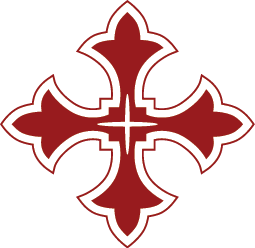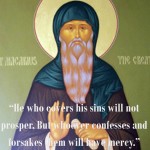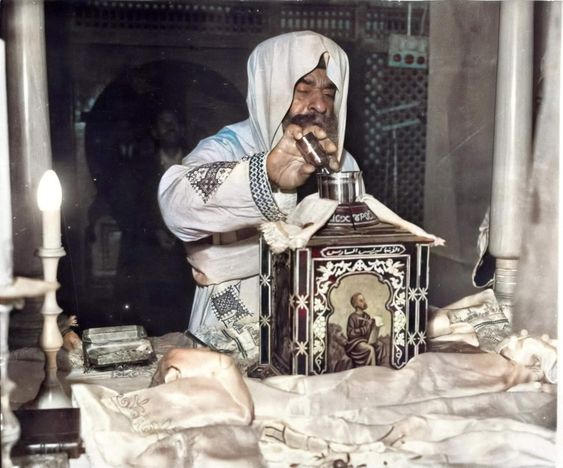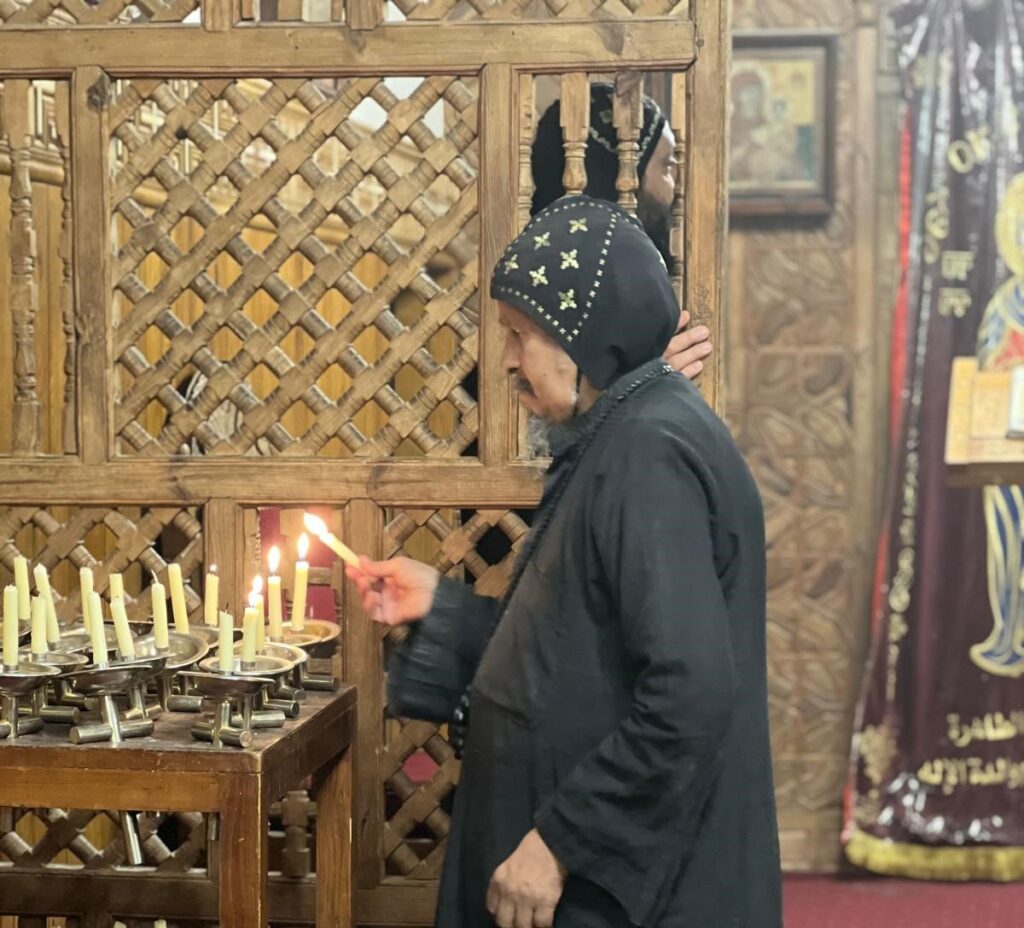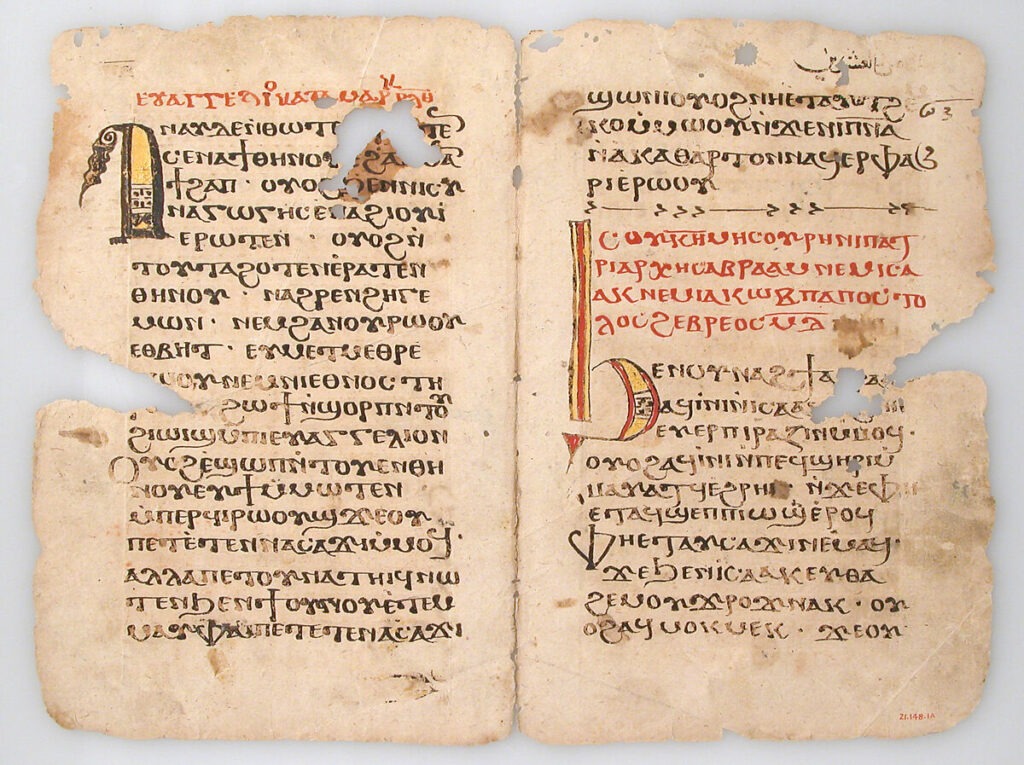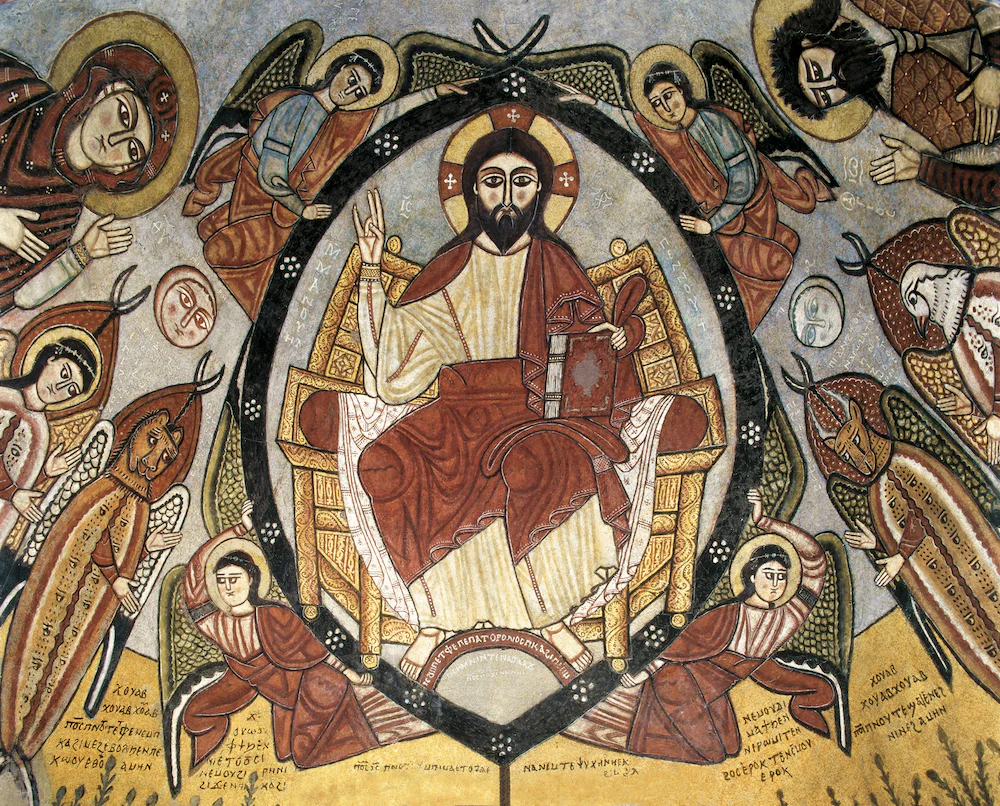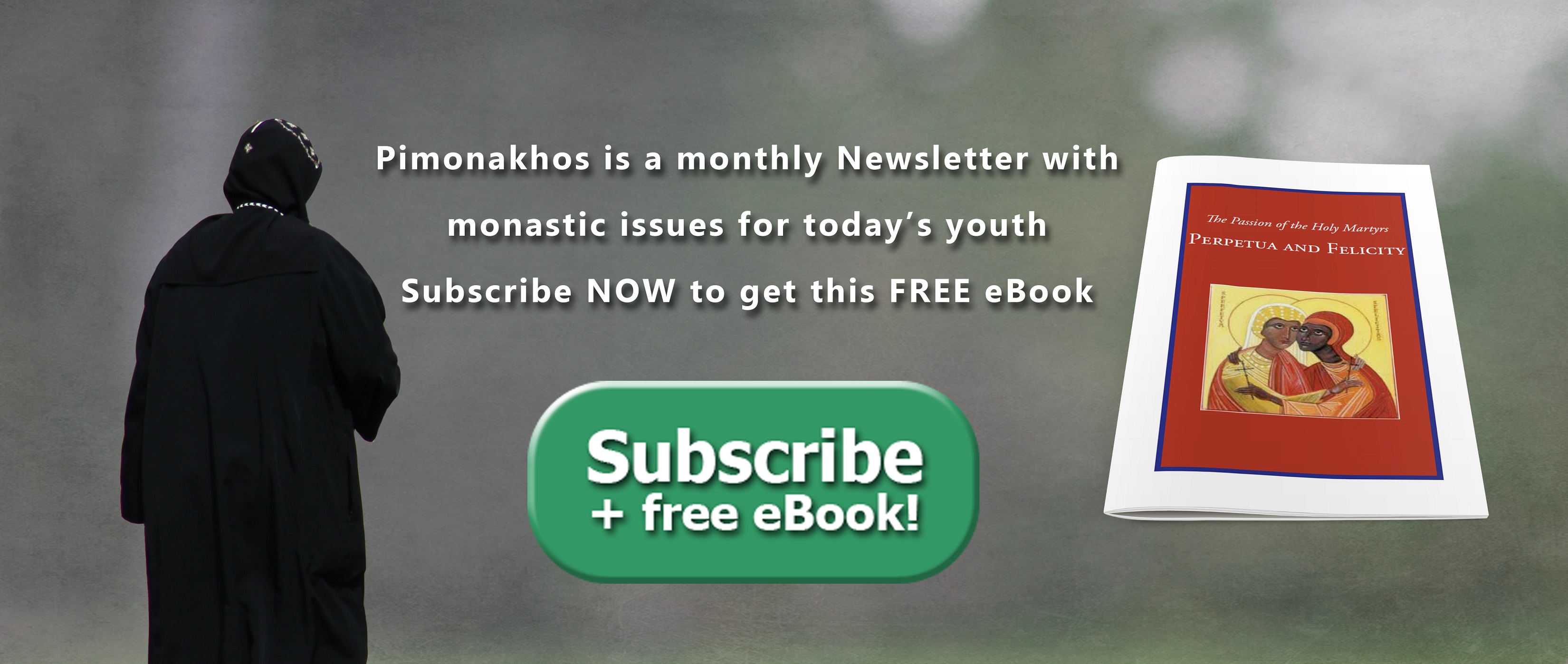St Shenouda was an abbot of the White Monastery of Atribe in the desert of Thebes for more than sixty five years during the fourth-fifth century. He is called Archimandrite for he used to practice the solitary life from time to time, and encouraged some of his monks to withdraw to the desert after a …
St Shenouda was an abbot of the White Monastery of Atribe in the desert of Thebes for more than sixty five years during the fourth-fifth century. He is called Archimandrite for he used to practice the solitary life from time to time, and encouraged some of his monks to withdraw to the desert after a few years of coenobitic life. Being a leader he was incredibly the head of 2200 monks and 1800 nuns.
Surely you must wonder how he possibly could have been such a successful leader of these monks and nuns. There must have been some very special characteristics in the life of St Shenouda. Undoubtedly he was deeply spiritual. He was a man of prayer, as can be verified by his solitary life. He had a great relationship with God, so deep that God would send righteous men such as King David to him.
Certainly St Shenouda was a true teacher who could present the divine image of Christ to the people. He presented the people with the spiritual life in an entirely practical way. His contemporaries could learn from not only his words as he gave regular talks to the people of the village, but also through his life. He presented the image of Christ before his people, and this beautiful image brought many monks and nuns to the monastic life. This is how his disciple and successor St Besa described his prayer rule and ascetic practice.
“He adorned his life gloriously with the perfection of monastic labours, great asceticism, and a multitude of ascetic practices, for he would pray twelve times a day, making twenty-four prostrations each time. At night he would not sleep at all until day-break; afterwards, for the sake of his body, he would sleep just a little so that it would not perish too quickly. There were many times when he did not eat from Saturday to Saturday, and again, for the forty days of holy easter, he would not eat bread; his food instead was edible vegetables and moistened grain, and as a result of this, there was hardly any flesh upon him.”
St Shenouda cared for all people and all believers. So many monks and nuns joined the monastic life because of his great love and care. He invited all to the monastery and ministered to them both spiritually and socially. This is highlighted in the following practice; he opened the monastery doors to all people on Saturday night to attend Vespers, pray the midnight prayer and participate in the Holy Liturgy on Sunday morning with the monks. He would then deliver the sermon to strengthen the people in the Orthodox faith. Then the multitudes enjoyed a meal prepared by the monks and departed. I bet you that many lay people experienced this great spiritual atmosphere and enjoyed this love that they decided to be ordained into the monastic life.
I have no doubt that 2200 monks and 1800 nuns joined the monastic life because they saw the example of St Shenouda. They saw a deeply spiritual man, a deeply caring man, and a deeply loving man. They not only saw his love, but experienced it themselves. They saw his special care to the sick, elderly and children. They saw his devotion to the word of God and just wanted to be like him in some way.
These characteristics of prayer, love, and special care are definitely key aspects to a successful leader. His great leadership of 2200 monks and 1800 nuns must remain an all time memory.
Join Us: Sign Up Today!
Tags:

